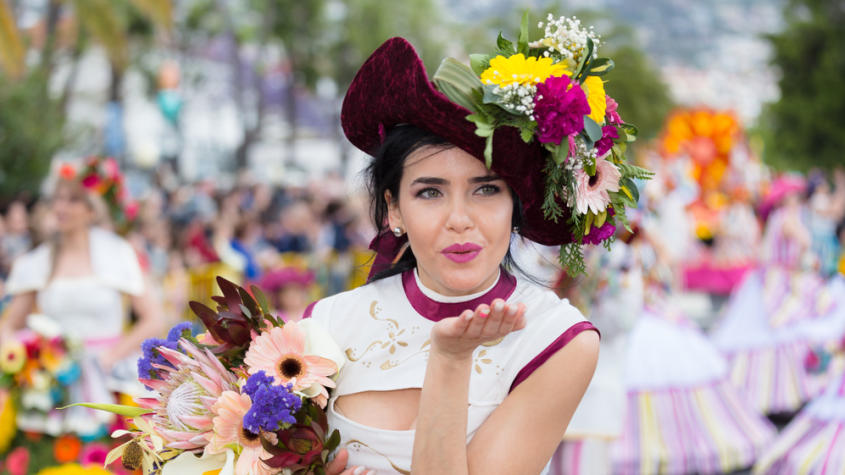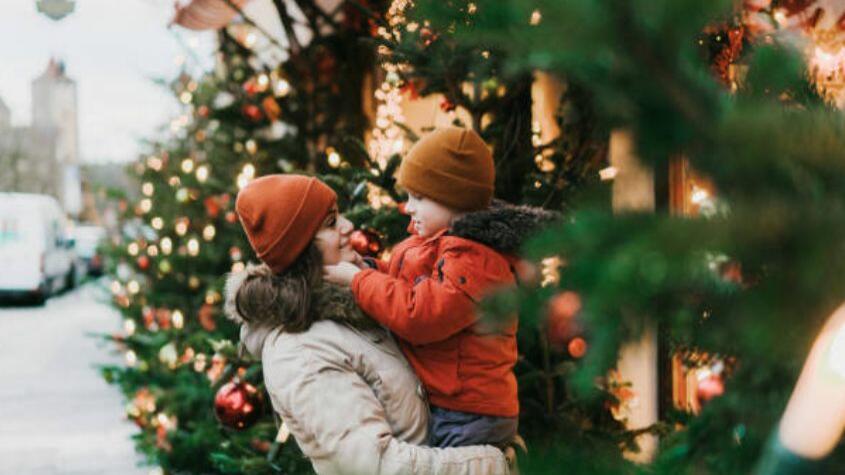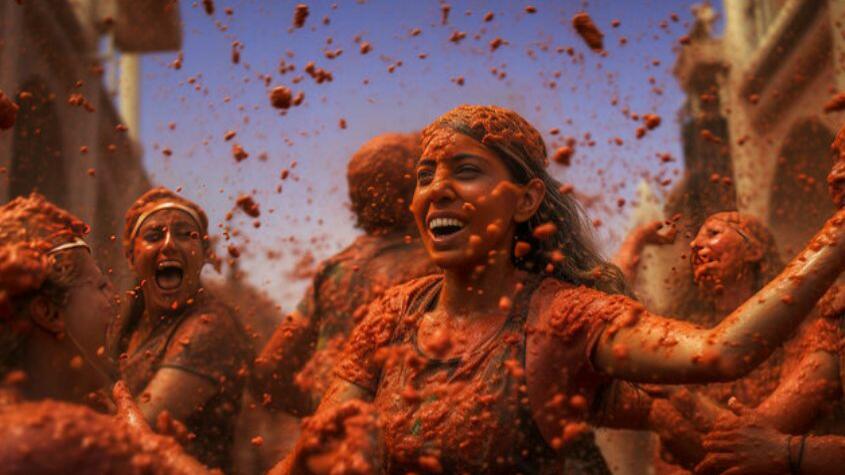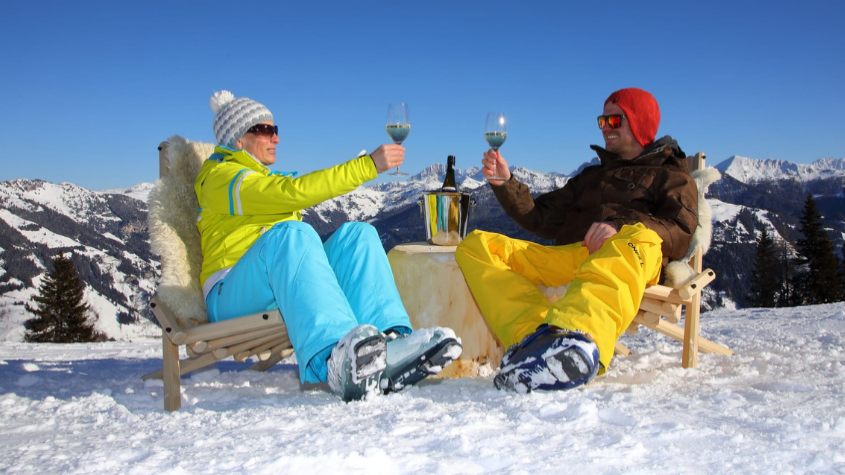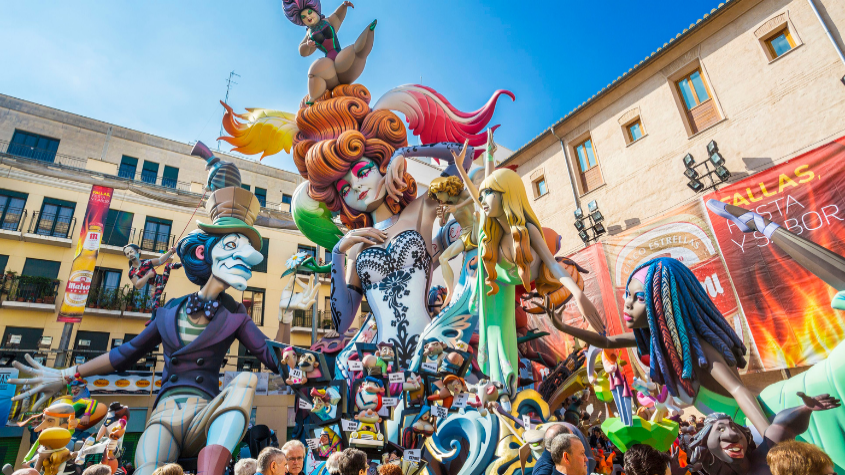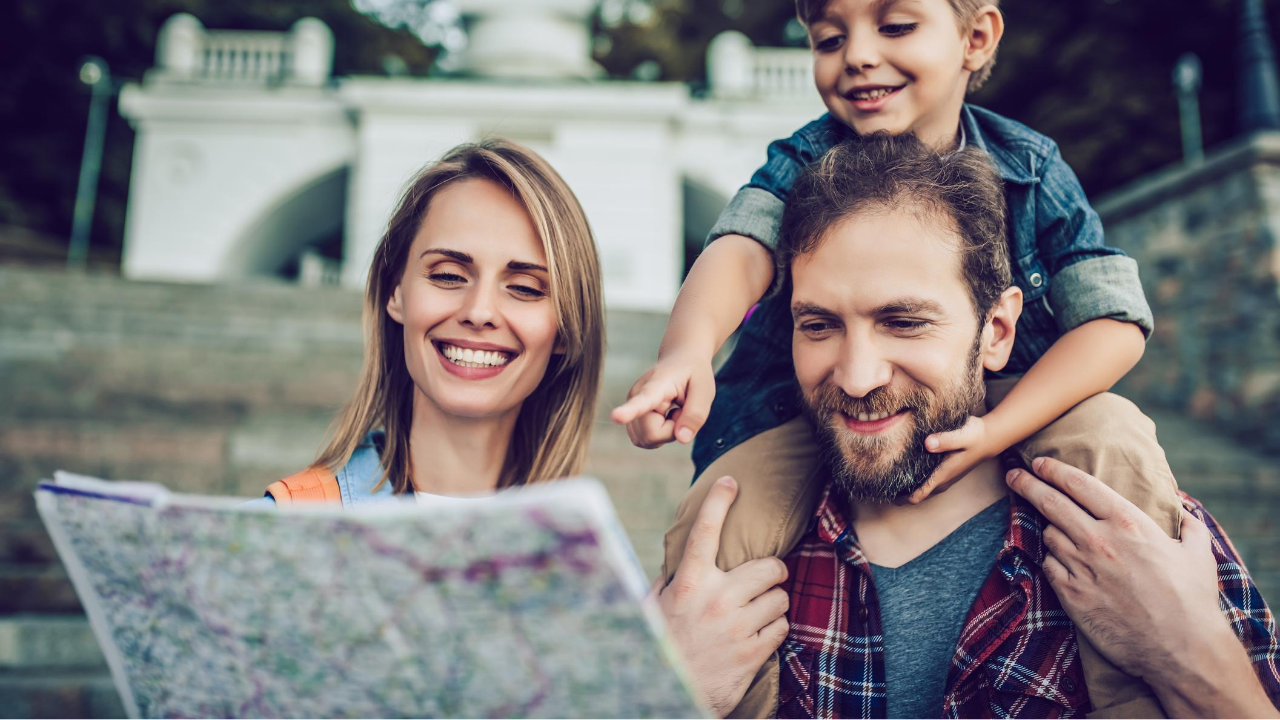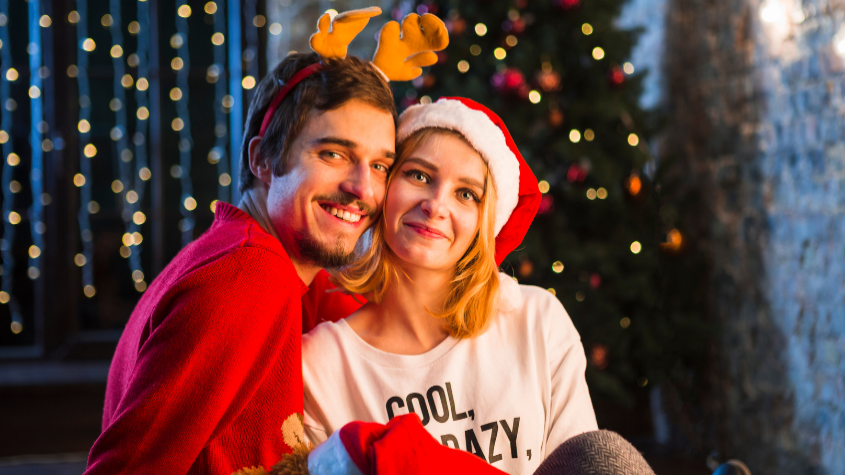
Christmas in Spain
Christmas is one of the most traditional and family-orientated festivals in the world, and Spain is no different. The Iberian country celebrates Christmas with lots of joy, colour and flavour, in a very special occasion that mixes religious, family and cultural elements, creating a warm and welcoming atmosphere.
Come and discover some of the most popular traditions of Spanish Christmas, which make this time of year a unique and unforgettable experience.
Christmas Lights and Markets

Another beautiful Spanish Christmas tradition is the illumination of city streets and squares, which are filled with Christmas colours and motifs. Some of the most famous cities for their Christmas lights are Madrid, Barcelona, Málaga and Vigo. The main cities also have Christmas markets where you can buy handicrafts, decorations, sweets and other typical products. One of the oldest and best-known markets is in Madrid's Plaza Mayor.
Gastronomy and sweets typical of Spanish Christmas

Gastronomy is an essential part of Spanish culture, and Christmas is no different. Christmas meals are family gatherings where delicious and varied dishes are savoured. The most special night is 24 December, when an exquisite and tasty meal is prepared. Dishes can vary depending on the region, but usually include starters such as Iberian ham, cheeses, seafood and salads; main courses such as soups, roasts of meat (lamb and suckling pig) or fish, or stuffed turkey; and desserts such as torrones, marzipans, polvorones, buttery pastries and rosca de reis.
The draw for "El Gordo"

One of the oldest and most eagerly awaited traditions of Spanish Christmas is the draw for "El Gordo", the main prize in the National Lottery, which takes place on 22 December. Millions of people buy their tickets in advance in the hope of winning a share of the millions of euros that are handed out. The draw is broadcast on television and radio, and has a very peculiar feature: the winning numbers are sung by children from a school in Madrid, with an unmistakable rhythm. The winners usually celebrate in the streets with champagne and hugs.
La Nochebuena: Christmas Eve

The Christmas season in Spain officially begins on Christmas Eve, known as "La Nochebuena" (Good Night). On this night, families get together for a festive celebration that includes a special meal. The traditional main dish is "cordero" (lamb) or "cochinillo" (roast suckling pig), accompanied by potatoes, vegetables and, of course, the famous "turron", a typical sweet based on almonds and honey.
One of the most exciting traditions of Nochebuena is the "Misa del Gallo" (Mass of the Rooster), a midnight mass in honour of the birth of Jesus Christ. After the mass, many people gather in the squares and streets to celebrate with music, dancing and fireworks.
El Día de Navidad: Christmas Day

Christmas Day in Spain is mainly a family day. Children wake up early to open the presents left by Father Christmas or the "Reyes Magos" (The Three Wise Men), depending on the region of the country. This is a very special day to celebrate family unity and reinforce the Christmas spirit of love and sharing. In some regions, presents are only opened on Three Kings' Day.
The tradition of the Three Kings is especially strong in some parts of Spain, such as Catalonia and Valencia, where it is customary to hold large parades on the evening of 5 January to welcome the visit of the Three Kings.
La Nochevieja: New Year's Eve

The celebration of Christmas lasts until New Year's Eve, known as "La Nochevieja". On this night, people get together with friends and family to welcome the new year. One of the most fun and original traditions of Spanish Christmas is eating 12 grapes at midnight on 31 December, to the rhythm of the 12 chimes that mark the entrance of the new year. After the grapes, it's customary to toast with champagne or cava (sparkling wine).
Many people follow the chimes on television, but others prefer to go to the public squares where the campanadas (chimes) are celebrated, such as the famous Puerta del Sol in Madrid. Many families also take the opportunity to watch the fireworks, enjoying a New Year's Eve cruise in the centre of a fascinating festive atmosphere.
You can also enjoy New Year's Eve at El Patio Sevillano or Palacio Andaluz.
The arrival of the Magi

The last tradition of Spanish Christmas is the one that children look forward to the most: the arrival of the Wise Men from the East on 6 January. According to Christian tradition, the Magi were the ones who brought gifts to baby Jesus when he was born. That's why, in Spain, they are the ones who bring presents to children (and adults too) on the night of 5-6 January. The children write letters to the Magi asking for the presents they want to receive and leave them water, milk and biscuits (as well as carrots for the camels) the night before.
On the afternoon of the 5th, there are parades (La Cabalgata de Reyes) through the streets of the towns, where the Three Kings throw sweets to the children. On the morning of the 6th, families open their presents together and eat the rosca de reyes, a circular cake with candied fruit and a surprise inside.
Local Spanish traditions

The nativity scene, called "el belén", is a representation of the birth of Jesus with clay or wooden figures. Many families set up their own crib at home, and there are also public cribs in churches, squares and official buildings. Some are very elaborate and even have movement and sound.
As well as the Three Kings, there are other Christmas characters that are popular in some regions of Spain. For example, in Catalonia there's the Caga Tió (a log with a painted face that releases presents when children hit it with a stick), the Olentzero (who brings presents in the Basque Country and Navarre) and the Apalpador or Pandigueiro (an affectionate giant who pokes children's bellies to see if they're well fed, in Galicia).
In the region of Catalonia, it is still customary to present friends and family with a small sculpture in the shape of a pear. This dates back to the 18th century, when King Charles III of Spain began distributing pears as gifts. Also, on the island of Menorca, a unique tradition is the "Cavalcada de los Tres Tombs", where horses are decorated and there is a big bonfire in honour of Saint Stephen on 25 December.
These are some of the most famous local traditions in Spain.

Christmas in Spain is undoubtedly a season full of magic, tradition and joy. It's a time when families get together, children look forward to their presents and everyone shares special moments of love and joy. Regardless of religious or regional traditions, Christmas in Spain is a celebration that brings people together and reminds us of the importance of family and solidarity.
Merry Christmas and a Happy New Year!
If you're travelling to Portugal, find out how Christmas is celebrated in Portugal.
Visit Living Tours for more travel experiences in Portugal and Spain. And explore more travel ideas on the Living Magazine Blog.
Did you like it?
Average votes: 4.67 of 5
Go Back to the Blog







